
Ex-IB / PE / Crypto Hedge Fund. Now independent trader & investor. Thoughts are my own. Vibe coding Purrfolio
How to get URL link on X (Twitter) App


 (2/8) Unified Platform
(2/8) Unified Platform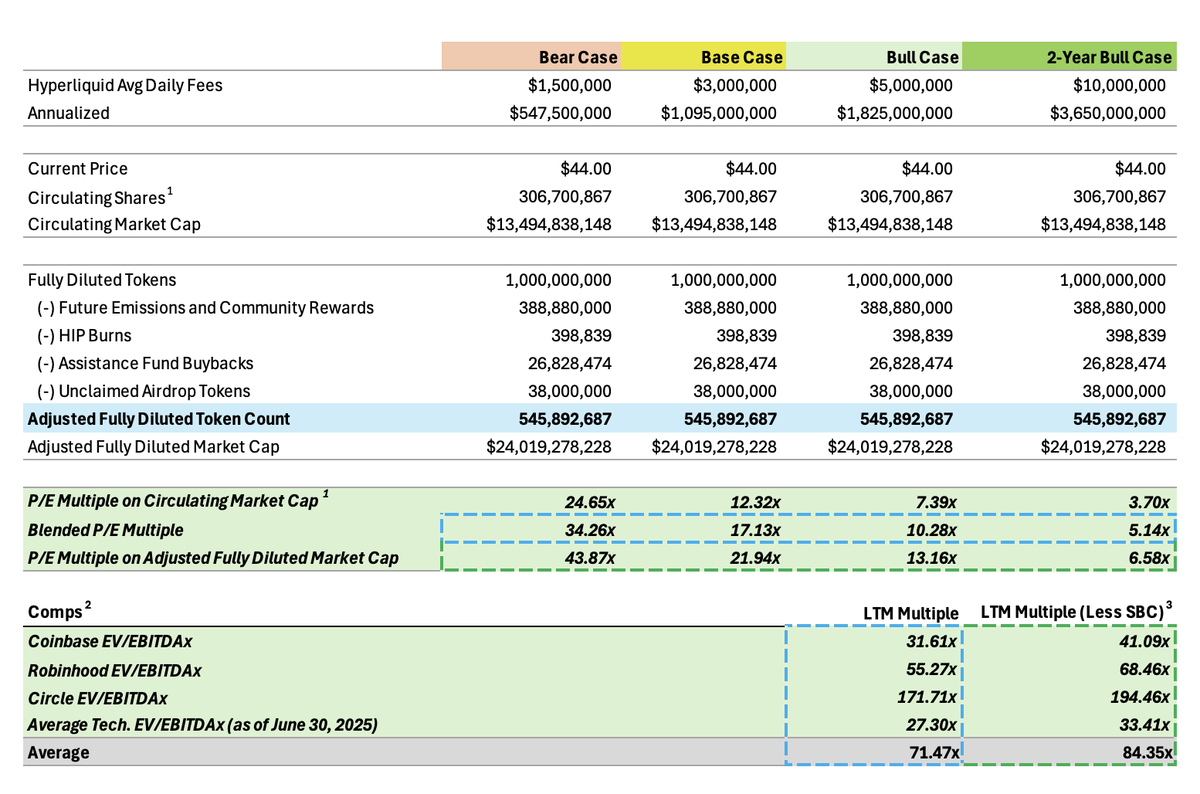
https://twitter.com/Keisan_Crypto/status/1881510915813564451
 (2/11) Revenue Underwriting --
(2/11) Revenue Underwriting --
 1. Retail / normies
1. Retail / normies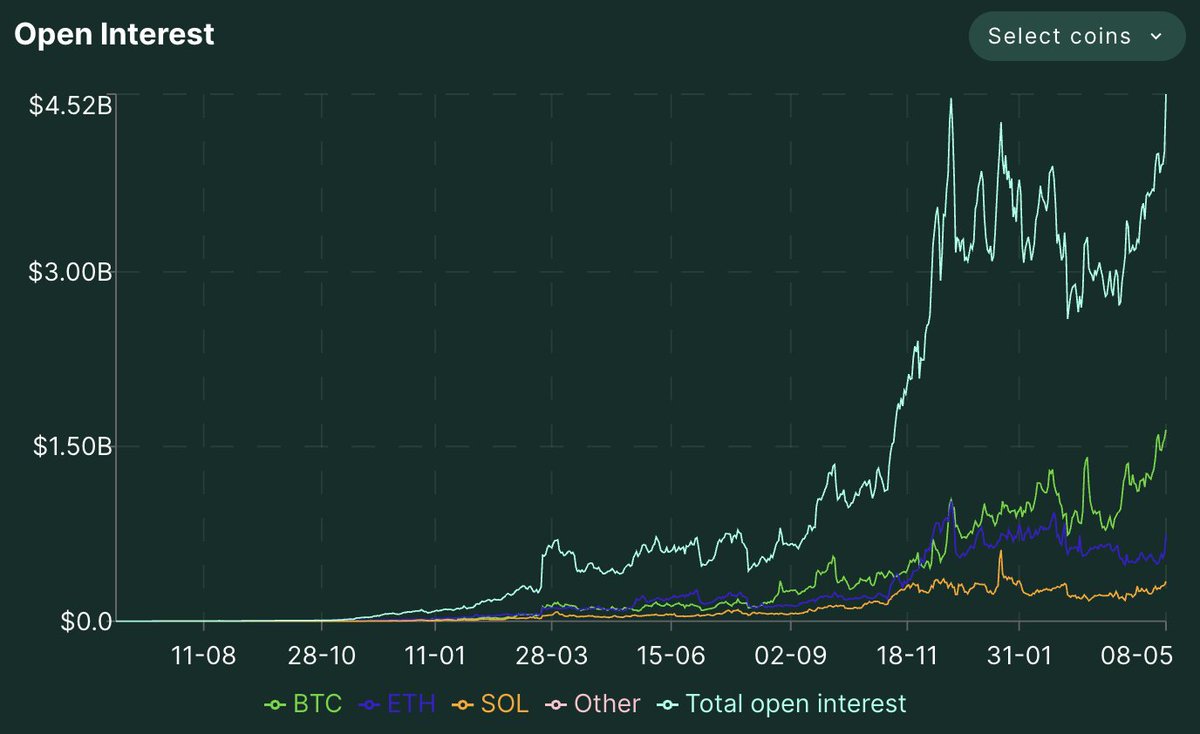
 (2/7) User Growth
(2/7) User Growth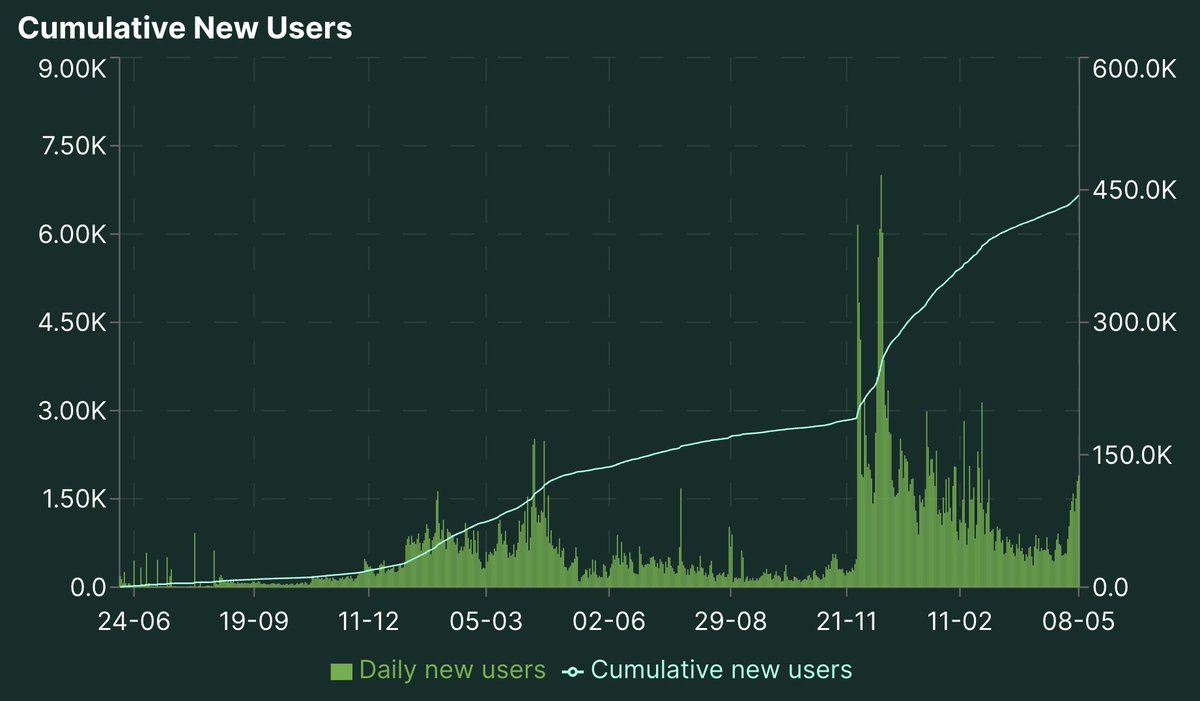
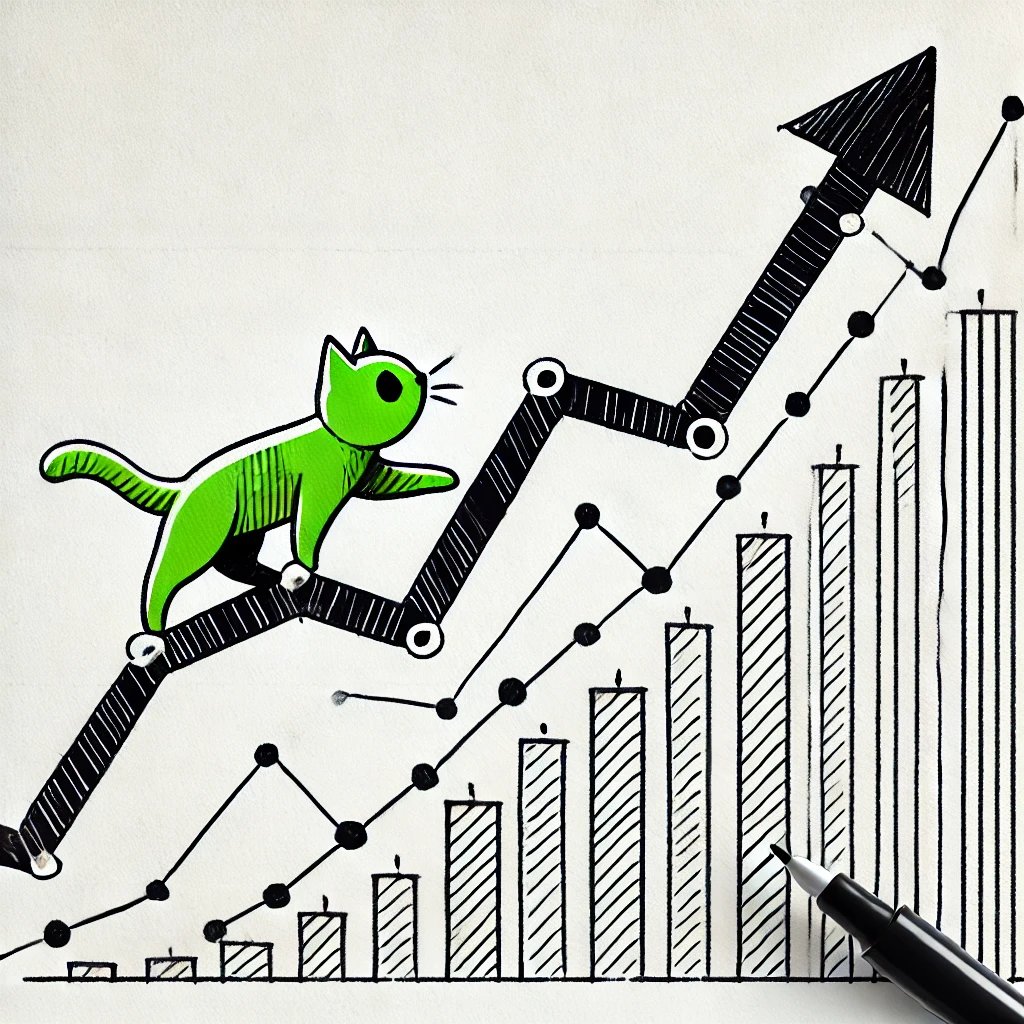
 (2/6) There are 3 main ways stocks use their earnings: dividends, buybacks, and re-investing in the company (R&D/CapEx)
(2/6) There are 3 main ways stocks use their earnings: dividends, buybacks, and re-investing in the company (R&D/CapEx) 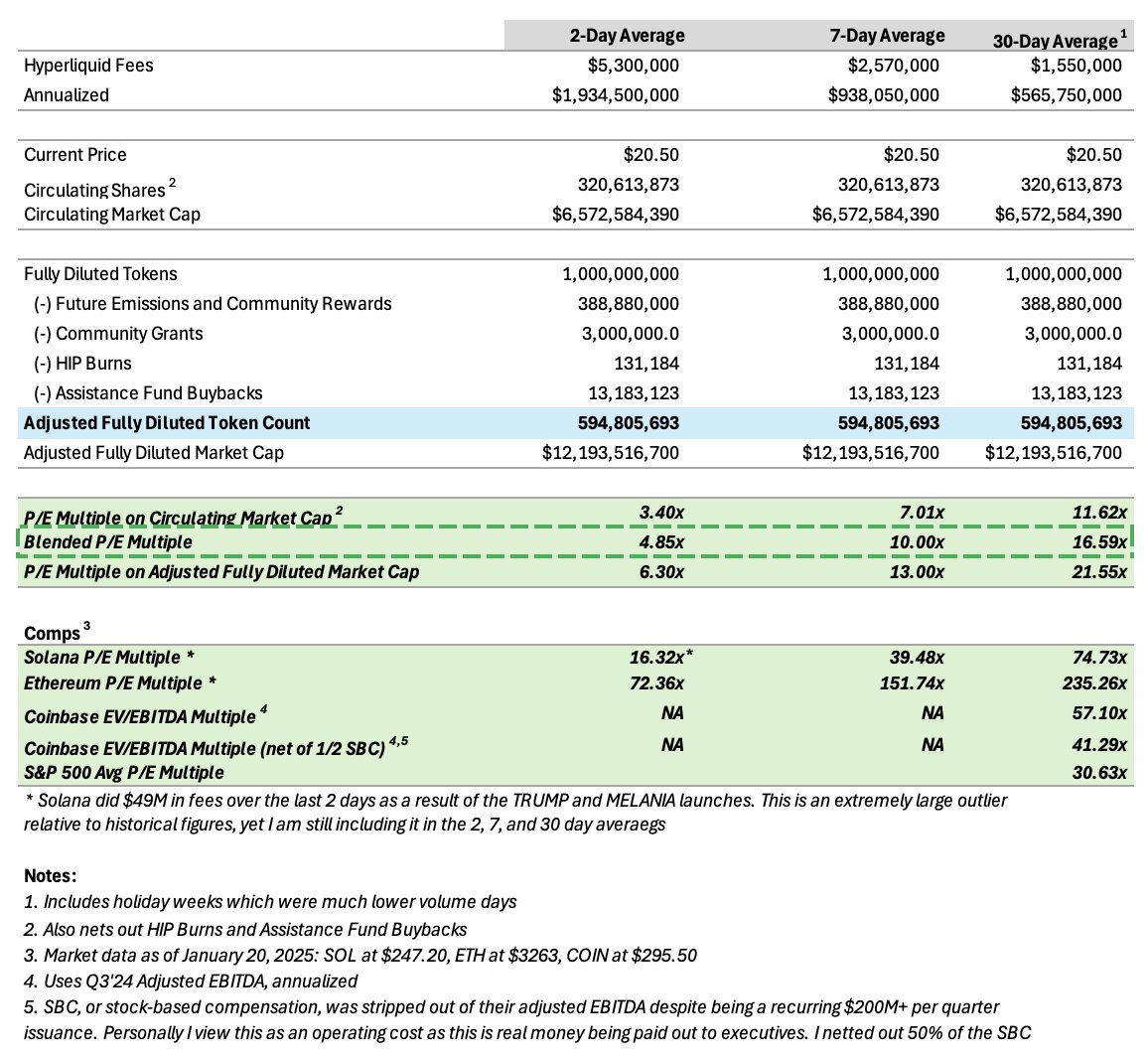
 (2/6) Methodology
(2/6) Methodology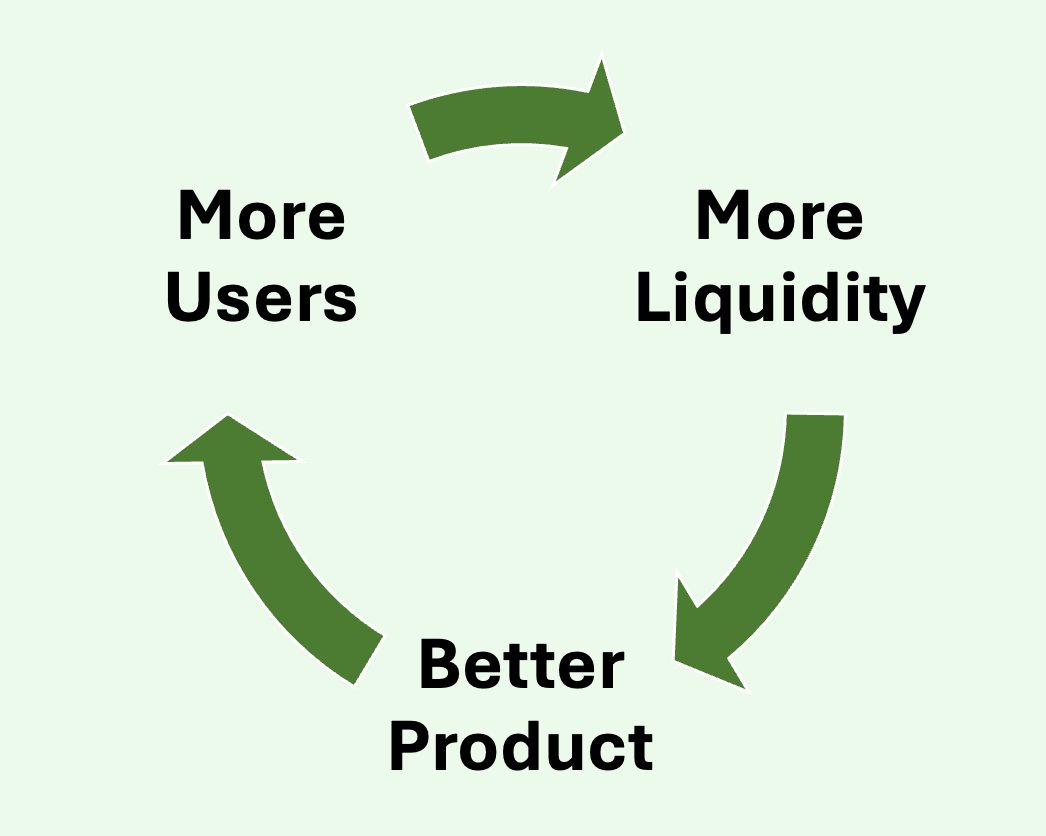
 (2/10) More users also means more mindshare and free marketing, which turns into even more users.
(2/10) More users also means more mindshare and free marketing, which turns into even more users.